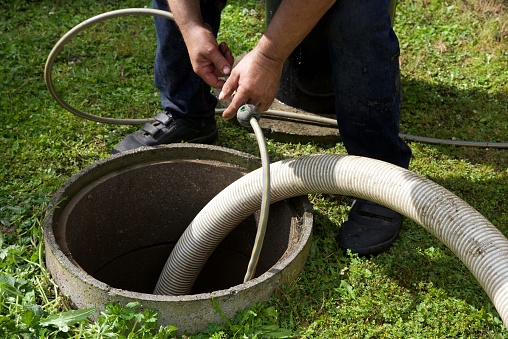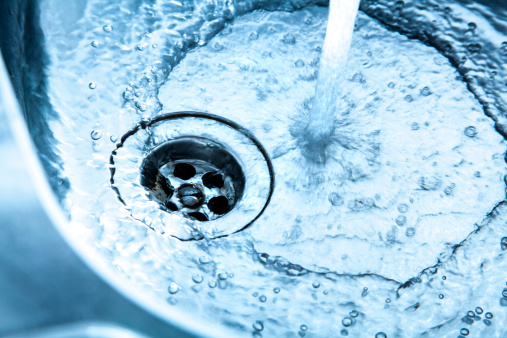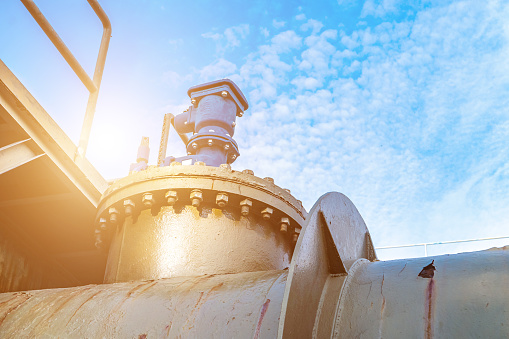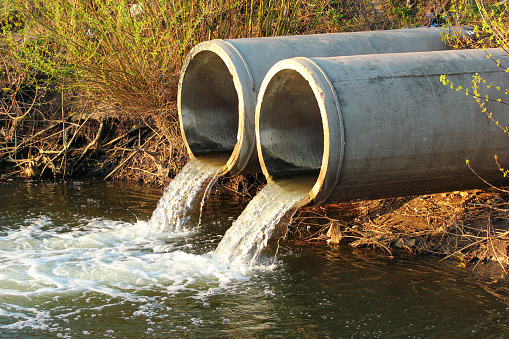Wastewater has a significant impact on the environment and must be adequately treated. You save the organisms that live in the water and the environment as a whole. The convenience of a wide range of products is a perk of our modern way of life. However, it comes at a price. It is a regular result of our current lifestyle.
There are two ways in which it can occur: from the shower or wet roadways. This cannot be used or consumed by humans. The good news is that we can use this treatment technologies to make the water safe and usable. They remove pollutants from the water, such as sewage and chemicals, by filtering and treating them. Physical water treatment is one of the most prevalent methods for dealing .
There are three types of water purification: biological, chemical, and sludge treatment. Let’s take a closer look at these processes. Biodegradation and Organic substances in wastewater, including soap, human waste, fats, and oils, can be broken down using a variety of biological processes. In biological treatment, microorganisms break down organic materials in the management.

Processes that do not use oxygen:
The trash is fermented at a specified temperature using fermentation. Anaerobic processes do not make use of oxygen.
Processes that are carried out in the body using oxygen:
Plants can utilize the carbon dioxide produced by the decomposition of organic matter as a source of energy. Uses oxygen in this procedure.
Composting:
Wastewater is treated aerobically by mixing it with sawdust or other carbon sources, such as pine needles or other wood chips. Solids are removed from water through secondary treatment. There may still be some dissolved nutrients, such as nitrogen and phosphorus.

Treatment of Water Physically:
The effluent is cleaned using physical means at this stage. Solids are removed through the use of screening, sedimentation, and skimming. This procedure does not need any chemicals. Sedimentation is a standard method of physical treatment. It is subjected to this treatment method to remove any insoluble or heavy particles. Can separate pure water from the insoluble material once it has settled to the bottom and is no longer moving.
Aeration is another excellent physical water treatment method. Air is circulated through the water to bring oxygen to it. The final procedure, filtration, is employed to remove all of the pollutants. The procedure can also be used. In the treatment of sludge Solids and liquids are separated using this method, which has the smallest amount of residual moisture feasible.
Specifically, it is needed in the solid phase, as well as in the separated liquid phase. Star quality and disposal costs are determined by the amount of residual moisture in dewatered solids. Pollutants are returned to the treatment facility based on this measurement. Must minimize both.

A solid-liquid separation device like a centrifuge is employed to remove the solids from the wastewater. It has a significant impact on the environment and must be adequately treated. You save the organisms that live in the water and the environment as a whole.
The use of chemicals to purify water chemicals are dissolved in water as part of this treatment method. When bacteria break down water due to contamination, chlorine, an oxidizing chemical, is typically employed to destroy the organisms. It is also possible to filter wastewater using ozone. Bacteria cannot reproduce in water that has been treated with chemicals.


Recent Comments